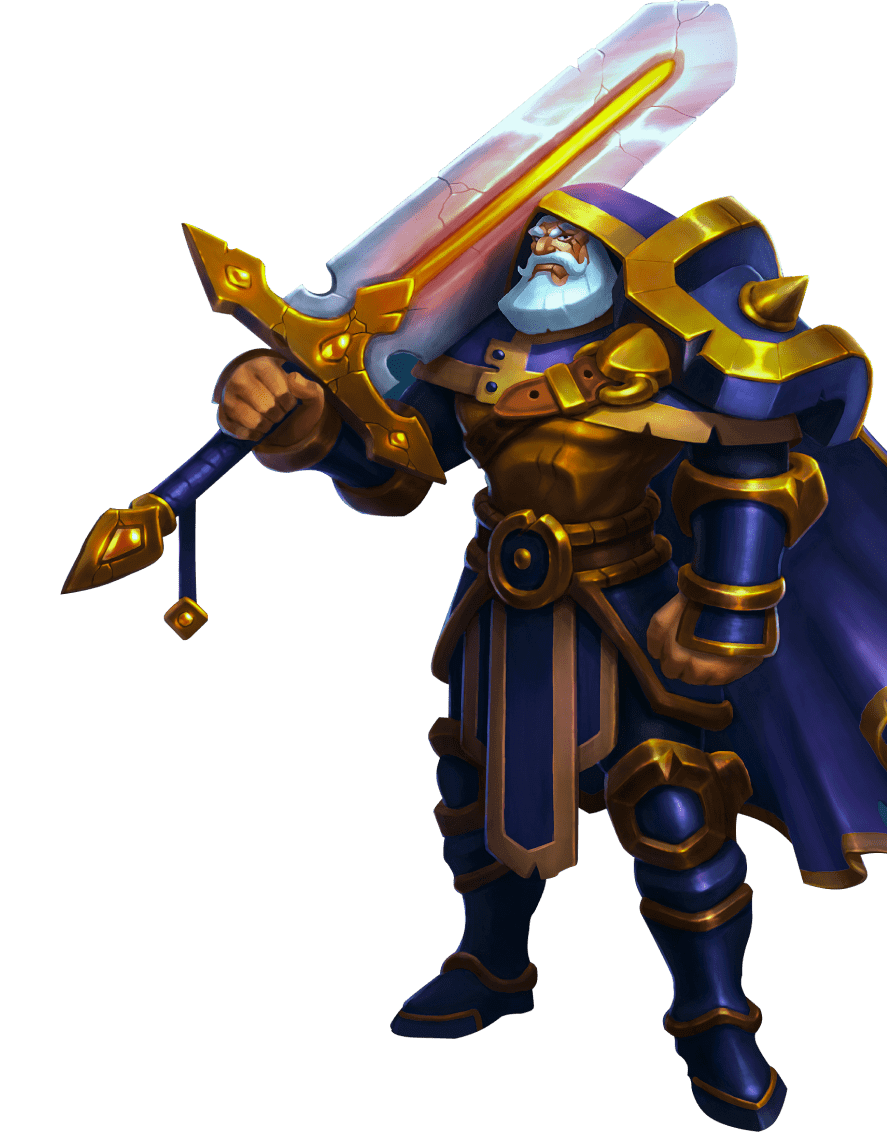In the ever-evolving landscape of video games, captivating storytelling has become integral to creating memorable and immersive gaming experiences. Game narrative design is an influential art that weaves gameplay, characters, and storytelling together to transport players into rich, interactive worlds. In this article, we delve into the depths of narrative content design, uncovering its essence and impact on game development. Whether you’re a seasoned game developer, an aspiring storyteller, or an avid gamer, join us on this journey to understand the algorithm of creating immersive game experiences through narrative game design.
What is Narrative Game Design?
Narrative game design is a craft that breathes life into video games, endowing them with compelling stories, engaging characters, and fascinating worlds. It combines gameplay and storytelling, guiding players through virtual worlds that leave a lasting impression. It’s the heart and soul of the gaming experience, creating an emotional bond between players and the virtual universe they explore.
The narrative game design harnesses the power of good story to elevate the gaming experience beyond mere entertainment. It gives meaning to the player’s actions and makes every decision significant.
The game narrative goes beyond a simple linear plot; it often provides branching paths and multiple endings that allow players to shape the story through their choices.
Characters play a central role in narrative game design. From enigmatic allies to fearsome adversaries, narrative game designers craft each character with unique personalities and motivations. Players interact with these characters and build emotional connections that enrich the gameplay experience. In narrative game design, sound and music are invaluable allies. The fitting soundtrack can set the mood, heighten tension, or trigger a rush of emotion.
Narrative game development is a collaborative effort of a narrative team involving writers, designers, artists, and developers. Together, they weave a coherent narrative and ensure it’s seamlessly aligned with the game’s mechanics and overall vision. Through this teamwork, storytelling is harmoniously combined with interactive gameplay elements, resulting in an exceptional gaming experience.
Diversity and inclusion in game narratives
In the ever-expanding global game community, narrative game design is central to crafting stories that resonate with players from diverse backgrounds. It transcends cultural differences to embrace themes and characters that speak to the human experience. Whether you’re in Japan, Brazil, the U.S., or another country, a well-crafted story has the potential to capture your heart and immerse you in a compelling adventure.
The beauty of narrative game design for a global audience lies in its relatability. Game developers carefully construct stories that explore love, friendship, sacrifice, and redemption – themes that appeal to people regardless of language or culture.
To ensure accessibility and inclusion, developers like Kevuru Games often invest in localization, translating dialogues, texts, and user interfaces into multiple languages. This thoughtful approach allows players from different language backgrounds to fully immerse themselves in the story and feel as engaged as those playing in their native language.
Moreover, the art of storytelling in these games is wider than writing dialogue. Visual storytelling is a powerful tool that conveys emotion and drives action. Impressive images, expressive character animations, and stunning environments share a story beyond words and engage players regardless of language skills.
The Art and Science of Storytelling
The art and science of storytelling is a captivating blend of creativity and strategy, intertwining imagination with the principles of human psychology. As ancient as humanity, storytelling remains essential for conveying ideas, emotions, and experiences.
At its core, storytelling is an art that sparks imagination and emotion. It paints vivid pictures in our minds, allowing us to visualize worlds, characters, and scenarios beyond the confines of reality. But storytelling is not solely an art; it’s also a science rooted in understanding human nature. It’s a strategic endeavor that leverages psychological principles to create emotional connections and drive engagement. Stories that resonate evoke empathy, triggering emotions that enable us to understand and relate the characters’ experiences to our lives. This connection fosters a sense of belonging, drawing us deeper into the narrative’s grip.

How Do You Structure a Game Story?
A story’s structure follows the hero’s journey (protagonist). The centerpiece is the “Introduction” It introduces players to the world of the game, its rules, and often the protagonist’s everyday life. Think of it as the calm before the storm – a moment with a sense of normalcy before the adventure begins.
The “Inciting Incident” is the point at which everything changes. Something that spurs the protagonist to action and sets the narrative in motion. This event interrupts the protagonist’s routine and presents him with a challenge or opportunity that demands his attention.
As the story gains momentum, the “Rising Action” occurs. This series of escalating events propels the protagonist forward, leading to obstacles, conflicts, and adversaries. Each following obstacle becomes more complex than the previous one, creating tension and anticipation as players navigate the challenges.
The “Midpoint” marks a crucial turning point in the story. Here the protagonist faces a major obstacle or experiences a game-changing revelation. This pivotal moment often forces the protagonist to rethink his goals and motivations and change the course of the story.
As the story progresses, the “Climax” comes into focus. This is the climax of the protagonist’s journey, where he faces the ultimate challenge head-on. The is a moment of high stakes, intense action, and emotional catharsis in which the character’s development becomes clear.
The climax is followed by the “Falling Action.” This phase allows for resolution and closure. It’s a chance for the players to reflect on their journey.
The “Conclusion” concludes the story and resolves the protagonist’s journey satisfactorily. This is the part where we can see the consequences of their decisions and, as players, experience the impact of their actions on the game world.

Narrative Design Is Not (Only) Being A Writer
| Although narrative design and game design share the same goal – creating compelling and memorable experiences – they are distinct disciplines, each with their areas of expertise. |
| While game designers focus on mechanics, systems, and player interactions, narrative designers are concerned with the art of storytelling and emotional engagement. |
| Narrative designers work to align narrative with game mechanics and ensure that the two elements complement each other harmoniously. They develop branching stories that respond to the player’s choices and engage them more deeply in the story. This broader focus on story elements distinguishes narrative design from traditional game design. |
| Narrative designers are experts at creating natural and character-driven dialogue. They breathe life into the game’s inhabitants and ensure each character’s voice is unique and authentic. |
Narrative Design Is Not (Only) Being A Writer
| Narrative design is a multifaceted craft that goes far beyond traditional writing. While a writer’s ability to write compelling prose is undoubtedly valuable, narrative design encompasses a broader range of creative and strategic elements that contribute to shaping an engaging game experience. |
| At its core, narrative design is about seamlessly integrating storytelling into the actual gameplay. It’s about creating a symbiotic relationship between narrative and game mechanics and ensuring that the story unfolds organically as players interact with the game world. The process requires understanding game systems, player psychology, and the intricate dance between storytelling and interactivity. |
| Narrative designers serve as architects of the game experience. They design the player’s journey through the characters’ interactions and crucial decisions. |
| In addition, narrative design extends beyond the main storyline. It also extends to side quests, non-playable characters (NPCs), lore, and environmental narratives. Every detail contributes to the rich tapestry of the game world, increasing its depth and immersing players in a fully realized universe. The work requires a holistic approach that considers both the macro and micro aspects of storytelling in the game. |
5 Unique Considerations of Writing for Games
Creating compelling game narratives requires unique considerations that differ from traditional storytelling. Here are five crucial factors to keep in mind when writing for games:
1. Match the Story with the Game, not Vice-Versa!
Tailoring the story to complement the gameplay is paramount. The narrative should enhance the player’s engagement and immersion in the game world. Avoid forcing gameplay mechanics to fit a preconceived story; adapt the story to align with the game’s core experience.
2. Don’t Fall in Love With Your Story!
While a captivating story is essential, being open to adjustments and changes is equally crucial. Game development is a collaborative process, and the story must be flexible enough to accommodate gameplay requirements, player feedback, and unexpected creative opportunities.
3. Good Game Stories Are Flexible
Games allow players to make choices, shaping the course of the story. Design the narrative with branching paths and alternative outcomes, providing players with a sense of agency. Flexibility ensures that the story remains engaging regardless of the player’s choices.
4. Start Your Game Story With a Single Emotion
Establish a powerful emotional connection right from the beginning. Whether it’s excitement, curiosity, or empathy, evoke a single strong emotion to draw players into the story. This emotional hook creates a compelling reason for players to continue engaging with the game.
5. Experiment Before Committing!
Before finalizing the story, experiment with different ideas and concepts. Create prototypes or small sections of gameplay to see how the story works in practice. Testing different narrative approaches helps identify what resonates best with players and aligns with the game’s mechanics.
Six Metrics for Better Game Narrative
Creating a compelling game narrative involves measuring its effectiveness through various metrics. Here are six key metrics that can contribute to enhancing your game’s storytelling:
- Player Engagement: Monitor how engaged players are with the narrative. Track metrics like playtime, session length, and retention rates during story-heavy segments. An engaging narrative should encourage players to spend more time immersed in the game world.
- Emotional Impact: Evaluate the emotional responses of players throughout the narrative. Collect data on player emotions, such as excitement, tension, empathy, and satisfaction.
- Choice and Consequence: Measure the impact of player choices on the story’s progression. Track which decisions players make and how those choices influence subsequent events. A robust choice-based narrative should offer meaningful consequences that resonate with players.
- Pacing and Flow: Analyze the narrative’s pacing to maintain a balanced rhythm. Measure player engagement during slower and more intense moments to ensure that the story’s pacing aligns with the player’s attention span and emotional investment.
- Narrative Recall: Assess how well players remember key story elements after specific intervals. Utilize quizzes or in-game surveys to gauge their recall of characters, plot points, and objectives.
- Completion Rate: Track how many players complete the game’s narrative. Analyze the drop-off points where players might abandon the game. Understanding where players disengage can help refine the storytelling to maintain their interest.
By utilizing these metrics, game developers can gain valuable insights into the effectiveness of their narrative design. These measurements provide the foundation for iterative improvements, ensuring the game’s storytelling remains engaging, emotionally resonant, and aligned with player preferences.
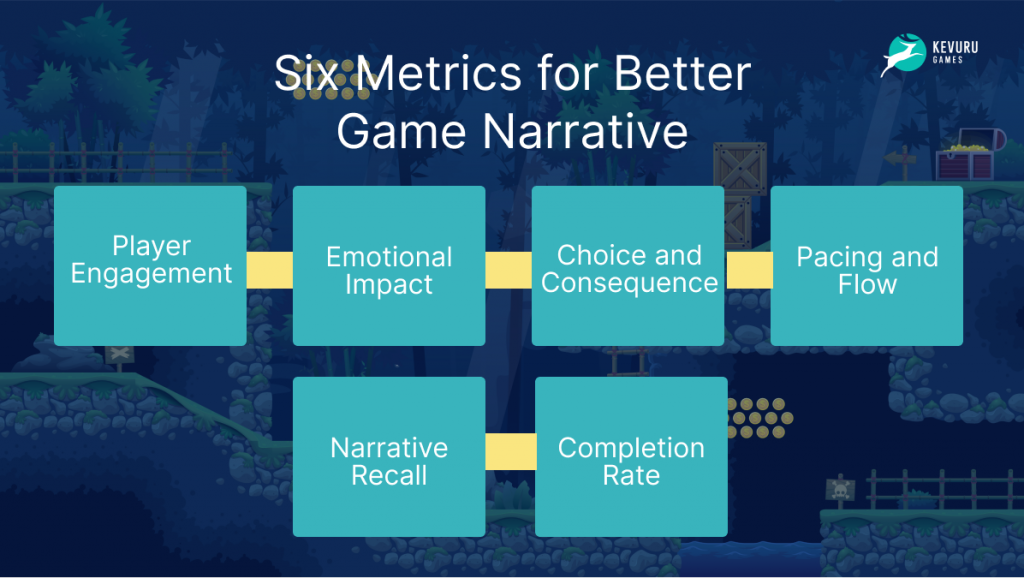
5 Books To Inspire Narrative Designers
We offer some book recommendations that can help narrative designers improve their game storytelling skills:
1. “Character Development and Storytelling for Games” by Lee Sheldon: The author offers insights into developing well-rounded characters and dynamic narratives tailored to the game medium. The book explores interactive storytelling techniques and offers hands-on exercises.
2. “A Theory of Fun for Game Design” by Raph Koster: This book focuses not only on narrative, but also explores the psychological background of why games are fun. Understanding player engagement and enjoyment can greatly influence narrative design decisions.
3. “Game Writing: Narrative Skills for Videogames” by Chris Bateman covers various aspects of writing games, from dialogue and characters to narrative structure. The book offers practical advice and case studies to help writers overcome the unique challenges of storytelling in games.
4. “Writing for Video Game Genres: From FPS to RPG” by Wendy Despain: This book explores the intricacies of writing for different game genres and offers insights into adapting narratives to specific game styles and player expectations.
5. “Game Narrative Toolbox” by Tobias Heussner offers practical advice and tools for creating engaging narratives in video games. It covers topics such as interactive storytelling, world building, and character development.
These books offer a range of perspectives and techniques for narrative designers to hone their craft and develop more impactful and immersive game stories.

Kevuru Games Expertise in Game Narrative Design
Kevuru Games offers our services in narrative design to elevate your game development with a unique blend of creativity, strategic thinking, and technical proficiency to a new level. We boast expertise across various game genres, from RPGs to action-adventure titles. Our narrative designers adapt their skills to suit the unique requirements of each genre, delivering cohesive and impactful narratives.
Our team specializes in crafting multidimensional characters that resonate with players. We meticulously develop their motivations, personalities, and arcs to ensure they contribute meaningfully to the narrative.
Our narrative designers work closely with other team members to seamlessly integrate storytelling with gameplay mechanics, art, and audio, ensuring a cohesive and immersive player experience.
Our team offers full-cycle game development services including:
Fully executed game development;
Quality assurance and testing;
Summary
Check out Kevuru Games’ game design portfolio and expertise in game narrative design with a focus on immersive story worlds, compelling character arcs, engaging plots, interactive narratives, and emotionally resonant storytelling, we create games that leave a lasting impact on players.


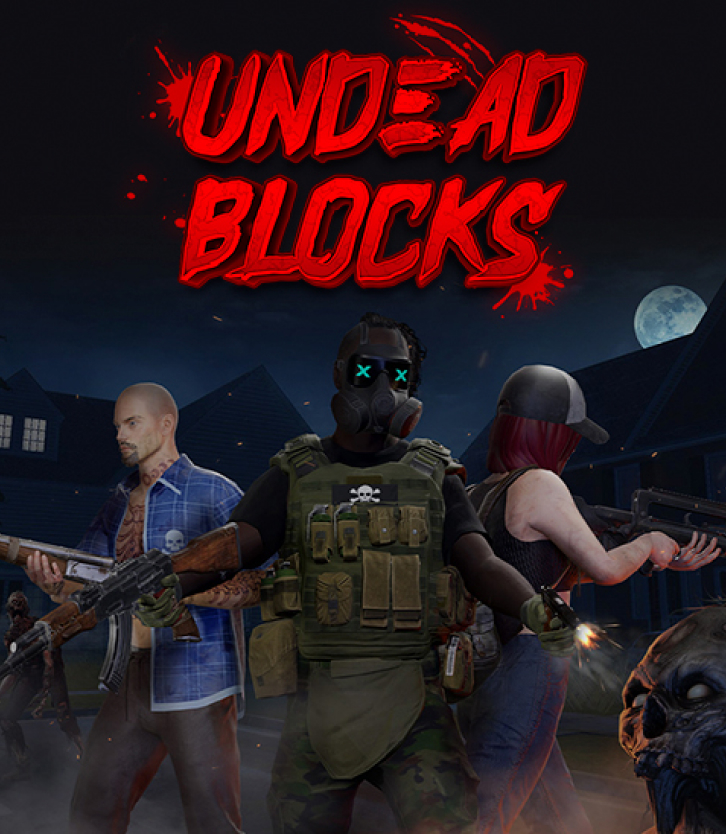
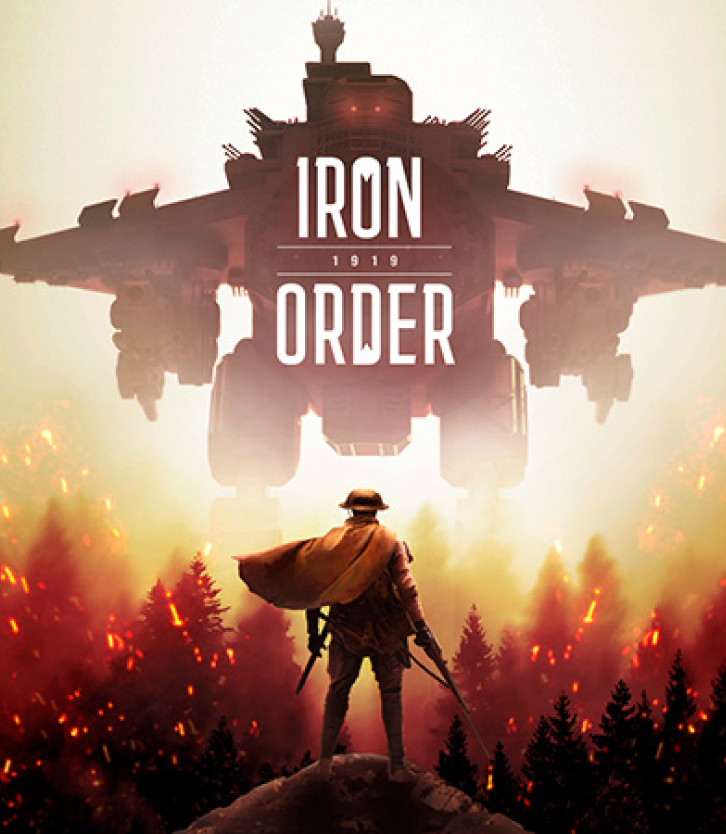


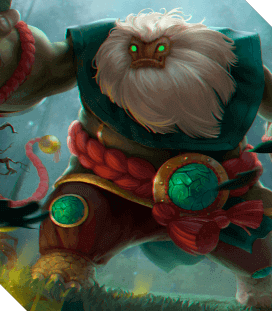



![Indie Game Development: Guide to Revenues, Most Profitable Genres & Monetization [+10 Best Indie Games 2024]](https://kevurugames.com/wp-content/uploads/fly-images/11949/indie-pre-138x138.jpg)
